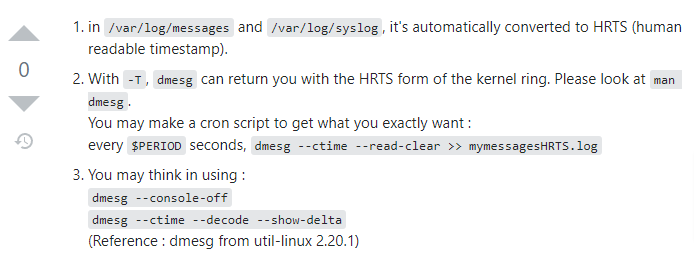[ 26.591782] r8169 0000:01:00.0 eno1: Link is Down
[ 29.294702] r8169 0000:01:00.0 eno1: Link is Up - 1Gbps/Full - flow control rx/tx
[ 30.349719] r8169 0000:01:00.0 eno1: Link is Down
[ 32.893091] r8169 0000:01:00.0 eno1: Link is Up - 100Mbps/Full - flow control rx/tx
[ 998.390898] r8169 0000:01:00.0 eno1: Link is Down
[ 1001.135252] r8169 0000:01:00.0 eno1: Link is Up - 1Gbps/Full - flow control rx/tx
[10836.232993] perf: interrupt took too long (2531 > 2500), lowering kernel.perf_event_max_sample_rate to 79000
[11023.138708] perf: interrupt took too long (3190 > 3163), lowering kernel.perf_event_max_sample_rate to 62500
[16354.623694] perf: interrupt took too long (4074 > 3987), lowering kernel.perf_event_max_sample_rate to 49000
[23632.485435] r8169 0000:01:00.0 eno1: Link is Down
[23635.994023] r8169 0000:01:00.0 eno1: Link is Up - 1Gbps/Full - flow control rx/tx
[24918.607722] perf: interrupt took too long (5111 > 5092), lowering kernel.perf_event_max_sample_rate to 39000
[39178.379137] perf: interrupt took too long (6414 > 6388), lowering kernel.perf_event_max_sample_rate to 31000
Who decided that it was a clever idea to display the timestamps with this format ?
In an answer on StackExchange, some guy introduced the acronym HRST for Human Readable Time Stamp, just to use it once and also probably with the hope to impress the reader.

